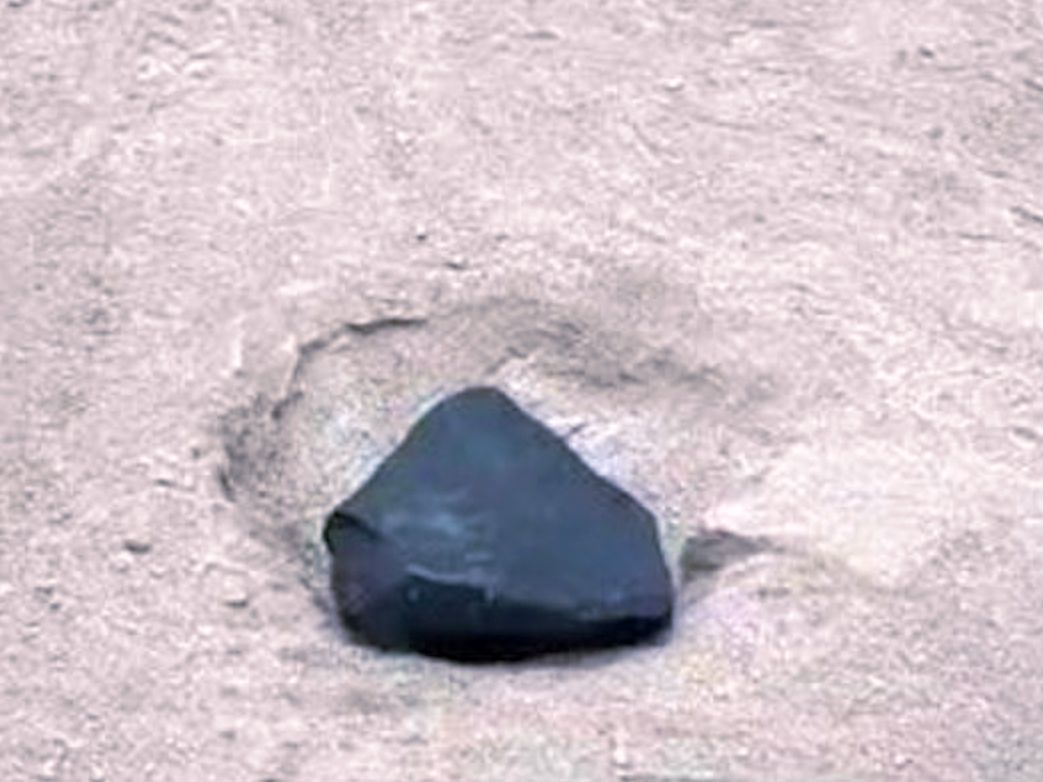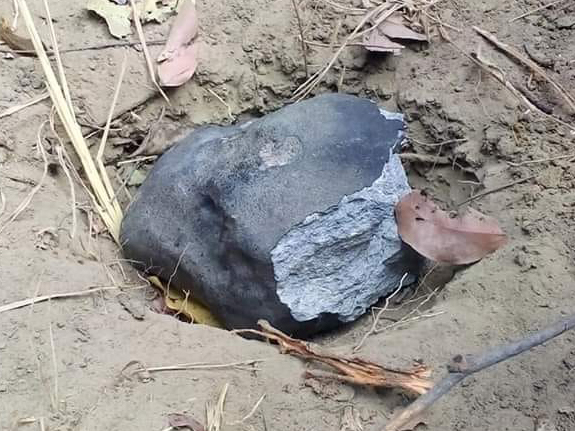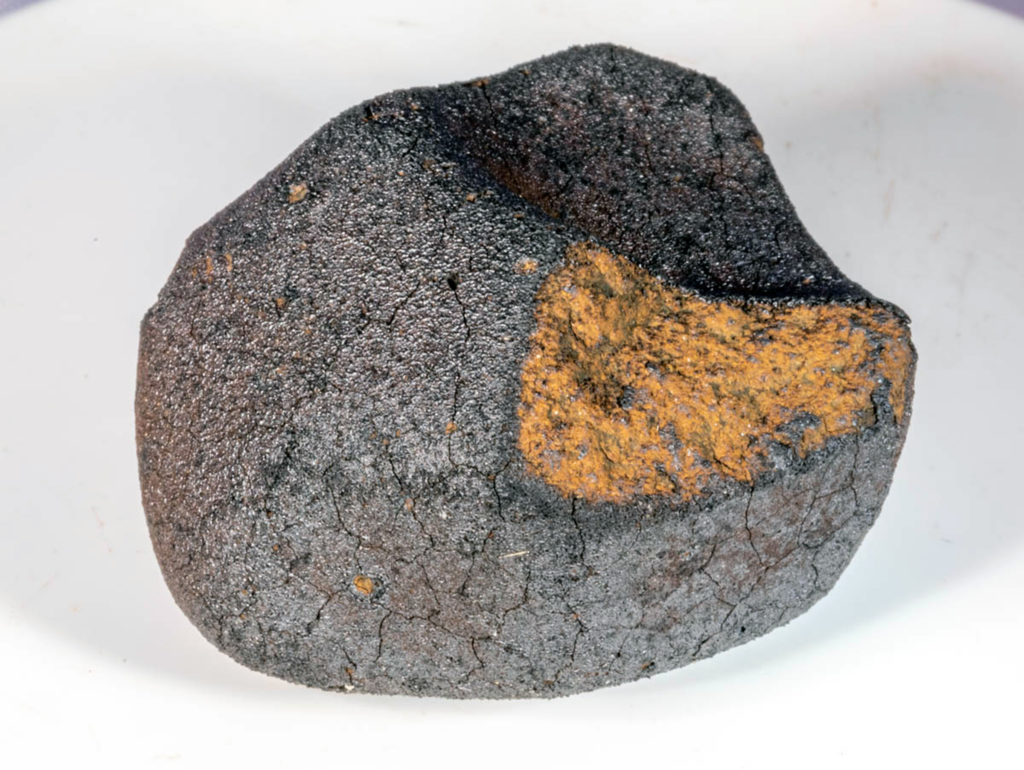Physical properties, internal structure, and the three-dimensional petrography of CI chondrites
Jon M. Friedrich, Eva M. Riveros, Robert J. Macke, Steven J. Jaret, Mark L. Rivers, Denton S. Ebel
MAPS, Version of Record online: 10 February 2025
“CI chondrites are poorly lithified and highly friable regolith breccias. To examine their physical properties and the nature of their breccation, we investigated nine samples of the Ivuna and Orgueil CI chondrites ranging in size from 1 mm to 4 cm in approximate diameter. The combined mass of unique material investigated in this work is 113 g. For our investigations, we use ideal gas pycnometry, 3-D laser scanning, x-ray computed microtomography (μCT), and accompanying digital data extraction techniques. We found that the bulk density of the samples ranged from 1.61 to 2.10 g cm−3. Larger samples tend to have a lower bulk density. Grain density (ranging from 2.44 to 2.55 g cm−3) is significantly less variable than the bulk density in our samples and the quantity of porosity (ranging from 14.6% to 33.8%) is the dominant factor in determining the bulk density of CI chondrite material. Our μCT results show that the visible porosity across all sizes of our CI chondrite samples is in the form of cracks, but these cracks can account for less than two-thirds of the porosity in the CI chondrites. Other porosity is not visible, even at μCT resolutions of 2.7 μm voxel edge−1 and we conclude that it is sub-micron in nature. It is not clear if the cracks seen in our samples are indigenous to the chondrites or are a result of terrestrial processes. We also find that the CI chondrites are excellent examples of the fractal-like nature of brecciation, where clasts can be observed at all scales we imaged. The breccias are composed of sub-equant-shaped and sub-rounded-textured clasts like melt-free impact breccias on other solar system bodies. From our μCT volume and digital data extraction, we determine that the Ivuna CI chondrite breccia is organized: the mostly sub-equant clasts within our ~2 cm chunk of Ivuna have a mean diameter of 1.33 mm and their aligned longest axes define a lineation structure. We speculate that the lineation was imparted after fragmentation of the clasts by slight shear on the parent asteroid which could be the result of seismic-related granular flow or mild non-axial impact-related compaction. These data will help to place returned asteroidal material from asteroids 162173 Ryugu and 101955 Bennu and the CI chondrites into a mutual geological context.”
































